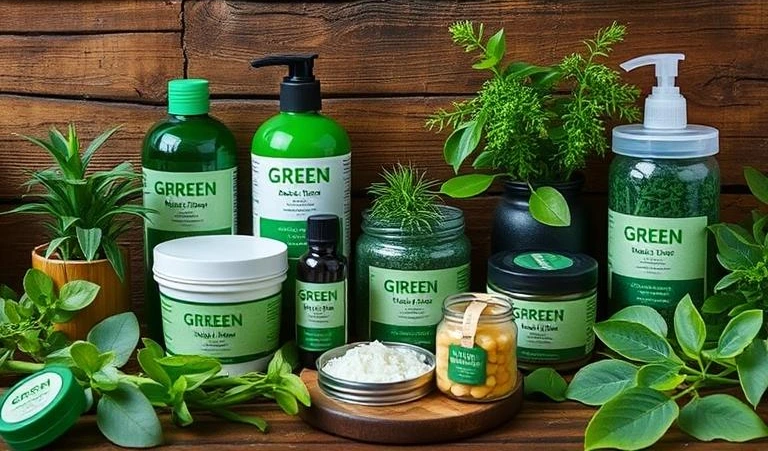1. Biodegradable or recyclable:
These products can naturally break down into non-toxic components (biodegradable) or be reprocessed to make new products (recyclable), reducing waste in landfills and oceans.
2. Made from renewable sourced materials:
Instead of relying on finite resources, green products use materials like bamboo, organic cotton, or recycled plastic that can be replenished or reused without harming the environment.
3. Produced with minimal environmental pollution:
Manufacturing processes for these products strive to reduce emissions, conserve water, and eliminate harmful byproducts, supporting cleaner air, soil, and waterways.
4. Free from toxic chemicals:
These products avoid ingredients that are harmful to both human health and the planet, such as parabens, phthalates, and synthetic dyes, favoring plant-based or natural alternatives instead.
5. Packaged with eco-conscious materials:
Sustainable packaging is often compostable, recyclable, or reusable, and is designed to reduce plastic use, excess waste, and carbon emissions during transportation.
6. Designed for long-term use and durability:
Green products are made to last, reducing the need for frequent replacements. This helps conserve resources, reduce waste, and promote a culture of mindful consumption.
